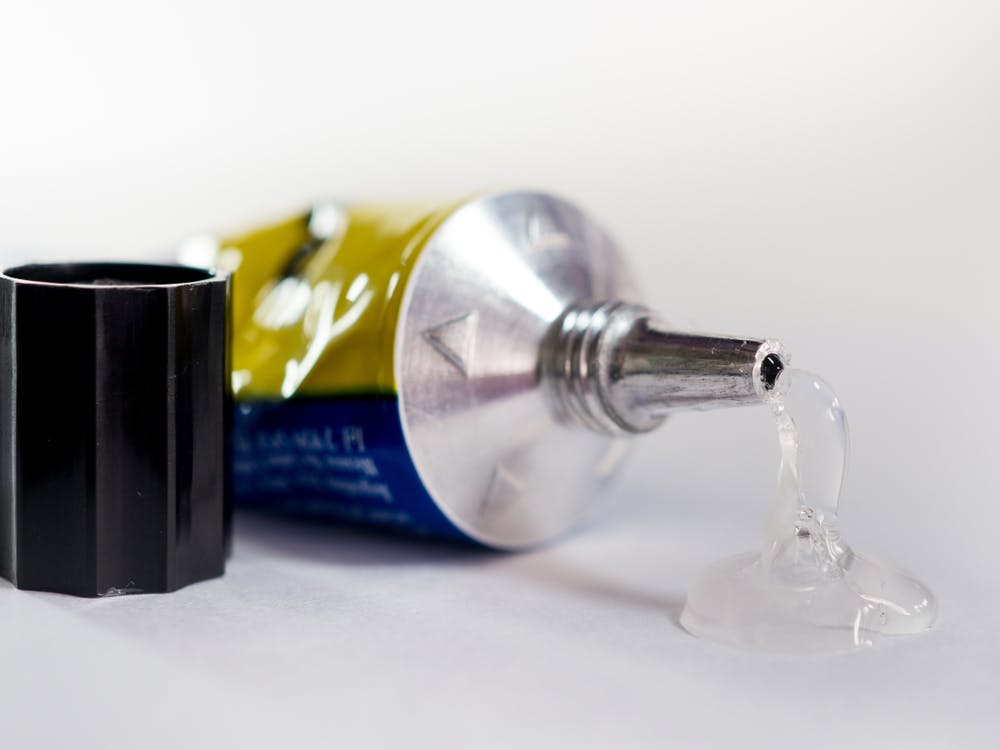4th August 2022
Super Glue: How does it work?
Super Glue is an extremely reliable way to tackle everyday repairs as well as a way to create a strong adhesive bonds if other forms of fixings and adhesives are not suitable in terms of aesthetics and/or durability. But have you ever wondered what goes in to Super Glue that makes it so seemingly indestructible? We did some research to find out exactly how Super Glue works, as well as materials that it will be ineffective/less effective on, and even some quick tips to remedy some common potential mishaps.
IronmongeryDirect
4th August 2022
5 mins
The science behind Super Glue
Although most if not all of us know it or refer to it as Super Glue, the technical term for this type of glue is Cyanoacrylate Glue or CA Glue.
The difference between this type of glue and other common types, such as white glues, is how water creates the bond within the glue itself. In white glues, water acts as a solvent, so when it evaporates, a more flexible bond is formed. In the case of Super Glue, water is the key to the strong and almost instant bonding power that the glue is known for, as it causes the glue to form a plastic mesh that then hardens.
It has been suggested that Super Glue can be even more effective if a small amount of water is added before application.

What materials is Super Glue ineffective/less effective on?
Many might believe that you can use Super Glue can bond pretty much anything to another object, but there are a few exceptions to this that need to be taken in to consideration, as other options may be more effective:
· Various types of plastic – there are several varieties of plastic that either do not have a compatible chemical structure, or are too highly chemical resistant for the Super Glue to form a successful bond, or even form a bond at all. These types of plastics include Delrin Plastics, Teflon Plastics, Polypropylene Plastics and High-Density Polyethylene Plastics.
· Wood – Due to the fact that wood is an extremely porous material, the significantly reduces the glue’s ability to form an instant bond, which is essential to the efficacy of Cyanoacrylate Glues.
· Dirty surfaces – While Super Glue is incredibly strong and durable, it can break down in the presence of oil. This is why it is vital to clean any surfaces you plan on sticking together, to ensure that no oil can break down the bonds of the glue.
· Glass – Glass is a tricky one when it comes to Super Glue, while it will still provide a bond that is stronger than other adhesive alternative, Super Glue will not perform to its full potential when used on glass, as well as the issue that most typical Super Glues will not provide a clean finish. However, there are some glues available that are designed specifically for glass that eliminates this issue.
Just how strong is Super Glue?
In 2011, world renowned Super Glue brand Loctite broke the Guinness World Record for Heaviest Vehicle Lifted with Glue, holding an impressive 5 tons with just 9 drops of Super Glue. In the category of non-commercially available Super Glue, German adhesive brand DELO set their own record in 2019, when their Super Glue managed to lift a 17.2 tonne truck in the air for an entire hour.
How to remove Super Glue from skin safely
We are often adequately warned against Super Glue making contact with our skin; however, accidents do happen. The process of removing Super Glue from the skin varies slightly, depending on where on the body the glue has made contact with.
Removing Super Glue from hands
It is important to remove Super Glue from the skin quickly to reduce the risk of burns, but it is just as important to carry this out safely.
1. Remove any excess glue first, but ensure that you do not use a cloth or tissue.
2. Try soaking the skin in warm soapy water, which should help loosen the glue.
3. This step also applies if you find yourself in the common dilemma of getting your fingers stuck together, soak in warm soapy water, and do not attempt to force your fingers apart without taking measures to loosen the glue first, even then you should do so carefully.
4. After soaking, you can now attempt to carefully wedge the fingers apart with a dull rounded utensil.
5. If this proves ineffective, try adding a small amount of acetone, then attempt to pry the fingers apart again.
Removing Super Glue from the mouth
Some are often tempted to use their teeth to pry open tricky caps, but this can result in the extremely unfortunate circumstance of your mouth becoming glued shut. The process for removing glue from this area differs slightly.
1. Due to the location, do not attempt to use acetone to remove the glue.
2. Using a wide coffee cup or small bowl, use hot (not boiling) water over your mouth the loosen the glue, ensuring the include the inside of your mouth if possible.
3. Once you feel the glue has loosened enough, just like with fingers being stuck together, use a dull, rounded instrument to gently pry your mouth open, if you are too forceful you risk damage.
Super Glue is an extremely useful but also extremely powerful substance that should be used wisely and handled with great care. We stock numerous varieties of Super Glue from top adhesive brand Gorilla Glue, in both standard and mini sizes, perfect for on the go.
